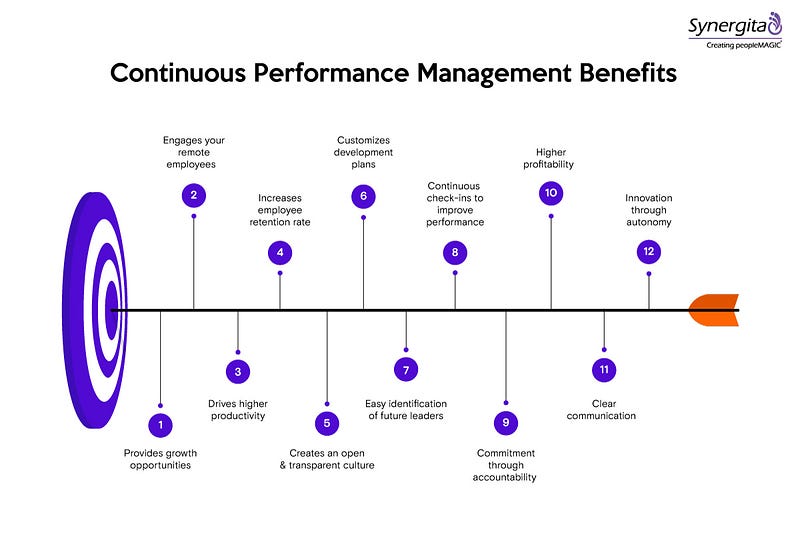“Performance management isn’t dead. The old ways of thinking about it is.”
- Anita Bowness
Continuous performance management systems are increasingly being adopted by many organizations. But the word ‘management,’ I do not mean appraisal. Performance appraisal is just a part of performance management. Other than the evaluation process, the system includes continuous check-ins, 360 degree feedback, etc,. Research proves that the continuous performance management system has a greater positive impact on the company’s growth and development. Here are a few benefits of a continuous performance management process.


How to thrive in these unpredictable times?
This is the most haunting question for many employers and superiors.
The answer is, your employees.
If you inspire them in the right way, they will help you battle any storm, be it COVID-19 or recession.
They are the frontline people who are close to your customers.
Therefore, If they are satisfied and happy, your customers and clients will be happy too.

What is performance management?Performance management is an analysis of the performance of employees by constant communication between employee and supervisor or management.
This whole cycle includes identifying and setting goals, discussing expectations, giving continuous feedback, and then reviewing outcomes.
Performance management is a continuous process not once a month or year task.
This cycle has four phases.
Planning( setting goals and objectives), Action(employees act on their goals while managers guide them), Tracking (Managers coach employees and track their progress), Review (Final assessment of the performance of employee round the year).
A final meeting at the end of the year, this traditional approach of one a year meetings can be very frustrating and unproductive.


Assessing employee performance based on pre-pandemic criteria and standards would be unfair.
Let's discuss ways to assess employee performance that also consider the impact of COVID-19 on productivity, employee morale, and resources.

























